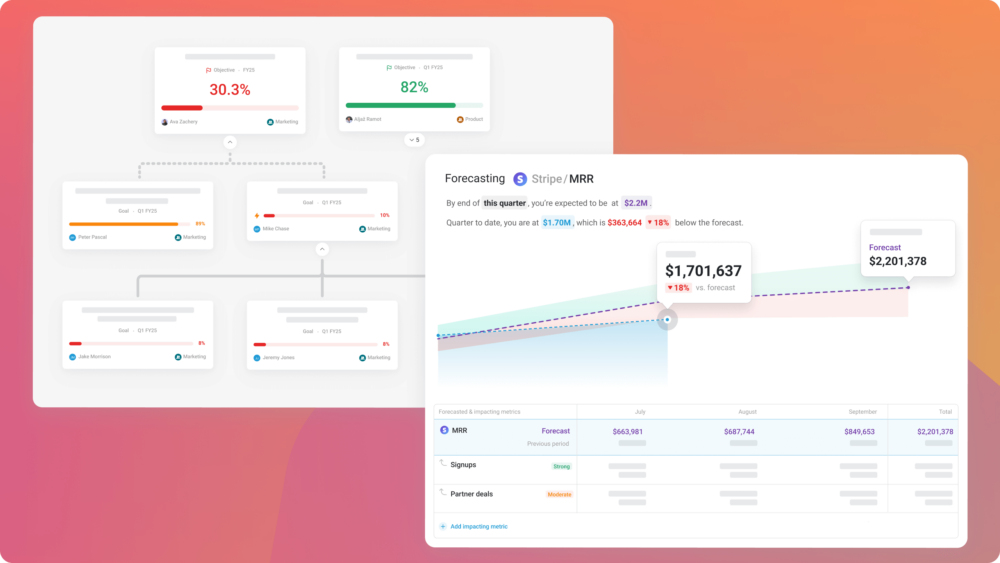Table of contents
Last month we announced 24 integrations that we’ve upgraded to support custom date ranges in Databox.
Today, we’re excited to announce 13 more integrations that now support custom date ranges.
What are custom date ranges?
Let’s recap.
Custom date ranges mean that instead of being limited to tracking your performance data over pre-defined date ranges (i.e. last week, month-to-date, last month, last 30 days, etc.), you can select custom date ranges by selecting the start and end dates, Custom Rolling Date Ranges, more specific comparison Date Ranges, fiscal calendars, and more.
This makes it easier to analyze your data and campaign more accurately and dig deeper into specific initiatives or projects that you’re running.
Custom date ranges are available to all Databox users on the Plus and Business plans.
Which new integrations now support custom date ranges?
Here are all the integrations that now support custom date ranges in Databox.
- Adobe Analytics (just added)
- Bing Ads (just added)
- Campaign Monitor (just added)
- Facebook Groups (just added)
- Google AdMob (just added)
- Google AdSense (just added)
- Help Scout Docs (just added)
- Help Scout Mailbox (just added)
- Intercom (just added)
- ProfitWell (just added)
- Vimeo (just added)
- WooCommerce (just added)
- Xero (just added)
- Ahrefs
- ActiveCampaign
- CallRail
- Drift
- Google Ads
- Google Analytics
- Google My Business
- Google Search Console
- HubSpot CRM
- HubSpot Marketing
- HubSpot Service
- InfusionSoft by Keap
- Facebook Ads
- Facebook Pages
- Instagram Business
- LinkedIn Ads
- LinkedIn Company Pages
- Mailchimp
- Salesforce Pardot
- SEMrush
- YouTube
Stay tuned for the next batch of custom date range supported integrations in the following weeks.
You can stay up-to-date on our progress via this Custom Date Range help doc. We’ll also continue to document our progress on our Roadmap site. From there, you can track everything that we’ve already done, check the integrations that we’re planning to work on next, and even upvote the ones that are the most important to you.
Getting started with custom date ranges
If you have any questions or need help getting set up, you can visit our Knowledge Base or start a chat and let us know which date ranges you would like to set up and track.
For current Plus and Business Databox users, log in to your Databox account to start tracking your data with Custom Date Ranges.
New to Databox? Start by creating your free account. From there, you’ll be able to connect your data from more than 70 different platforms. Then you can add the metrics to your metrics screen, create data boards, automate your reporting, collaborate with your teammates, and much more. You can also start a free trial of Plus and Business in order to try out custom date ranges.












